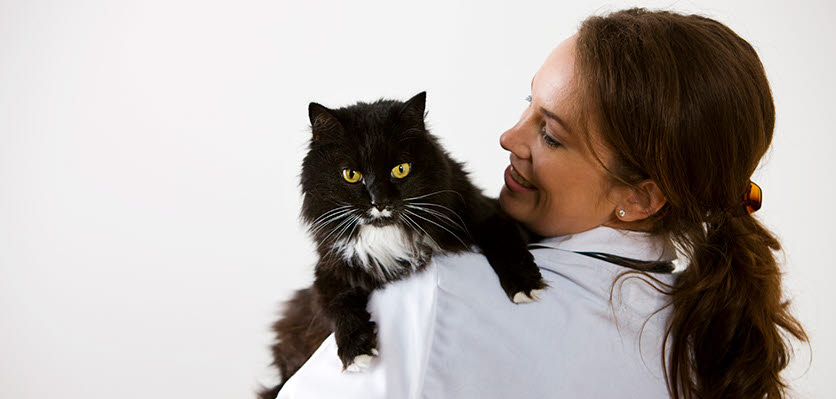
Most people have some type of insurance policy - car, house and contents, medical, life, income, funeral - the list of potential insurance policies is long. Did you know that pets can be covered by insurance too?
Insuring our pets against illness and injury is growing in popularity in Australia. In countries like the United Kingdom where pet insurance is well-established, more than 25% of the dog population now insured.
We take a look at just what pet insurance is, what it covers and whether it’s worth getting your pet insured.
What is pet insurance?
Pet insurance is similar to human insurance policies that cover accidents and illnesses. Pet insurance doesn’t cover routine procedures such as desexing or dental and many policies don’t cover preventative care such as vaccinations, check-ups and parasite preventatives like worming and flea prevention.
Although pet insurance doesn’t cover routine procedures, it does insure animals against accidents and illnesses which can sometimes result in veterinary bills in the thousands.
Most pet insurance policies will have an excess limit, which is a portion of the bill pet owners need to pay, however, these excess limits are generally only a portion of the actual cost of the condition being claimed on insurance.
What does it cover?
Pet insurance policies vary, so not all policies will cover the same conditions. There are many companies offering pet insurance policies, so it’s important to compare policies and pick the right level of coverage for you and your pet. Insurance comparison websites can be useful when comparing pet insurance policies.
Many policies will cover accidents and illnesses, such as car accidents and illnesses like diabetes and urinary tract infections. Many policies will have restrictions on ‘pre-existing conditions’, which are conditions discovered by a veterinarian prior to you taking out the insurance policy.
For this reason, it’s important to get insurance on your pet as early as possible to avoid encountering any pre-existing condition exemptions. Additionally, many policies don’t cover ‘bilateral conditions’, which means conditions that happen in two body parts.
If a policy doesn’t cover bilateral conditions, it means it will only cover the first claim for that condition and not subsequent claims. This sometimes includes diseases such as cruciate disease of the stifles/knees and retinal detachment of the eyes.
